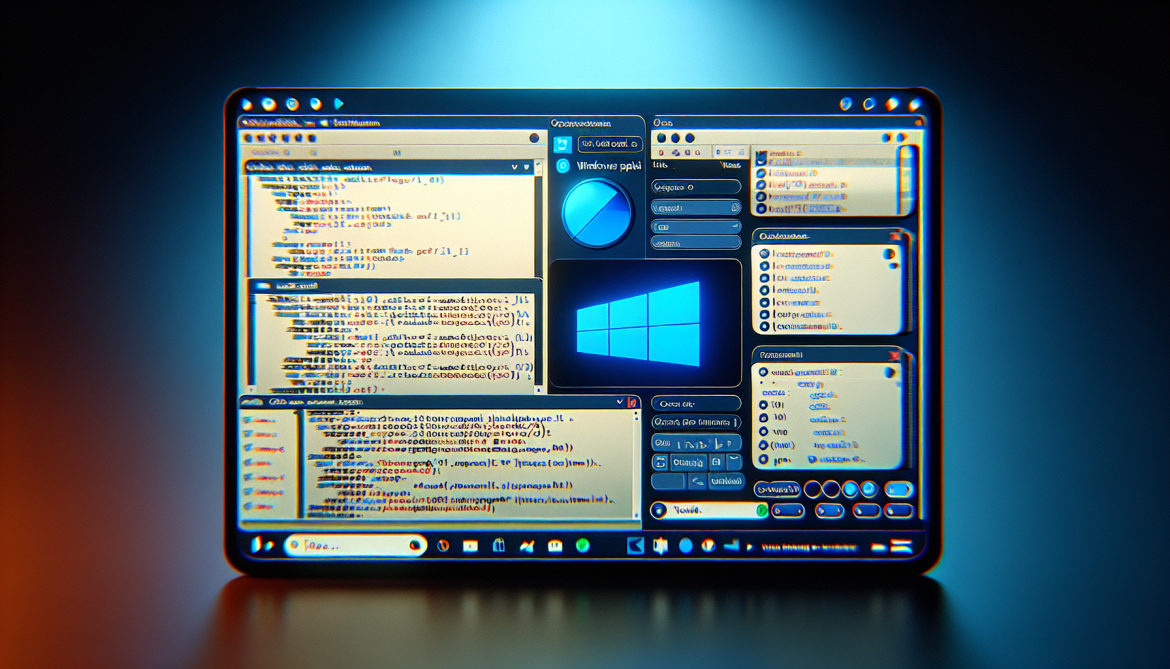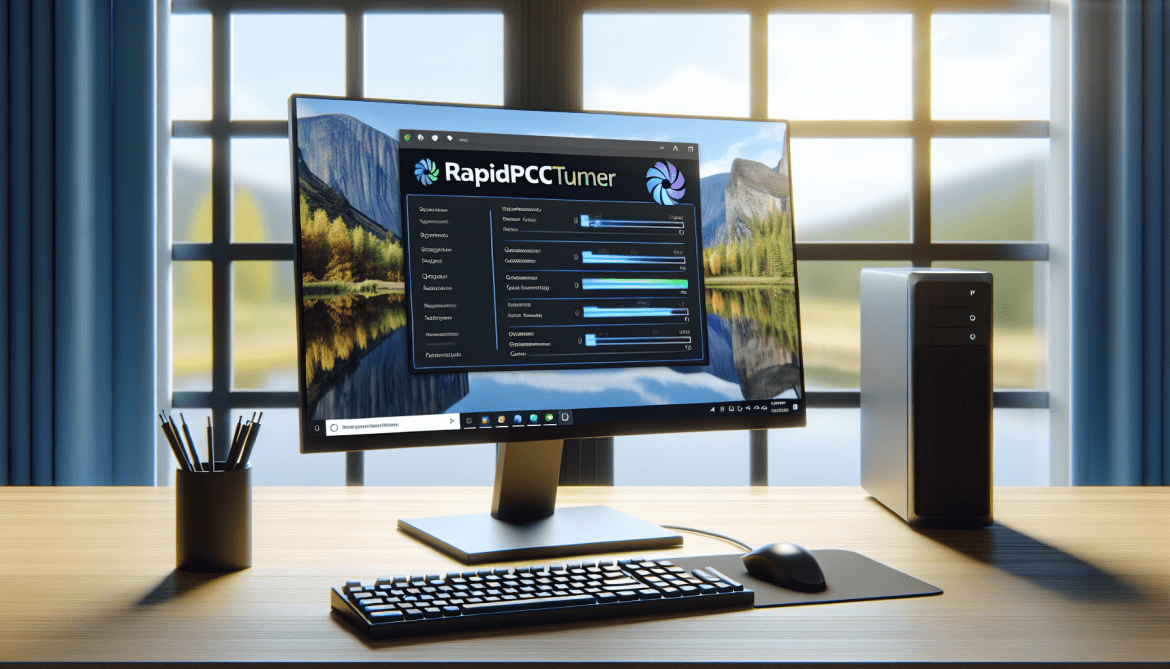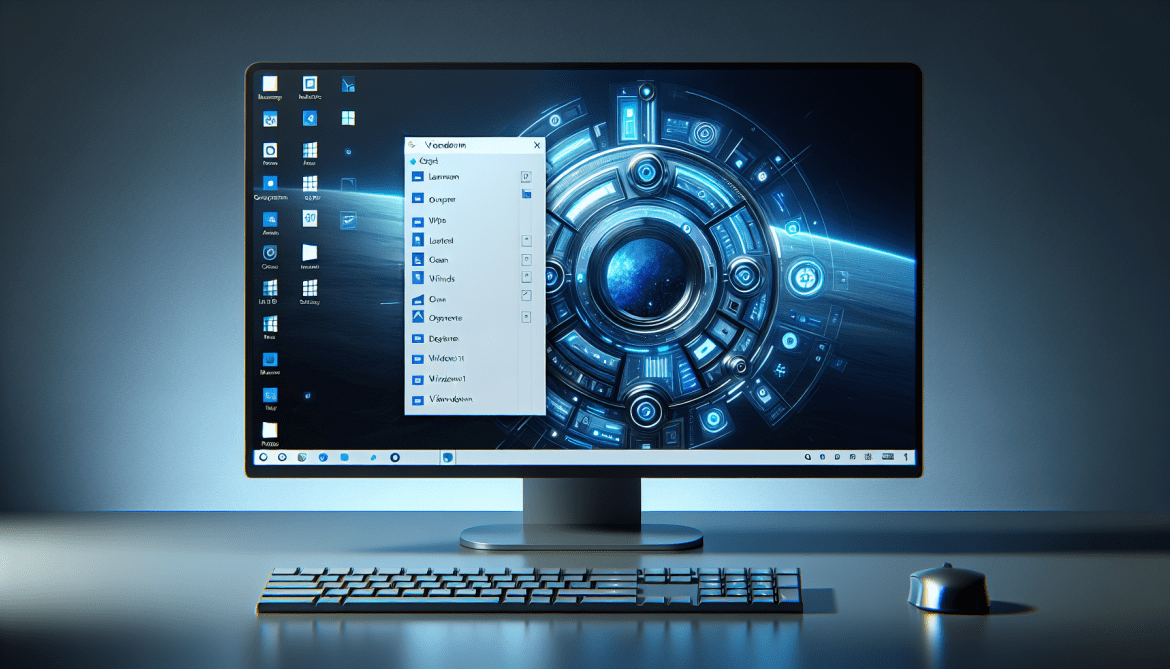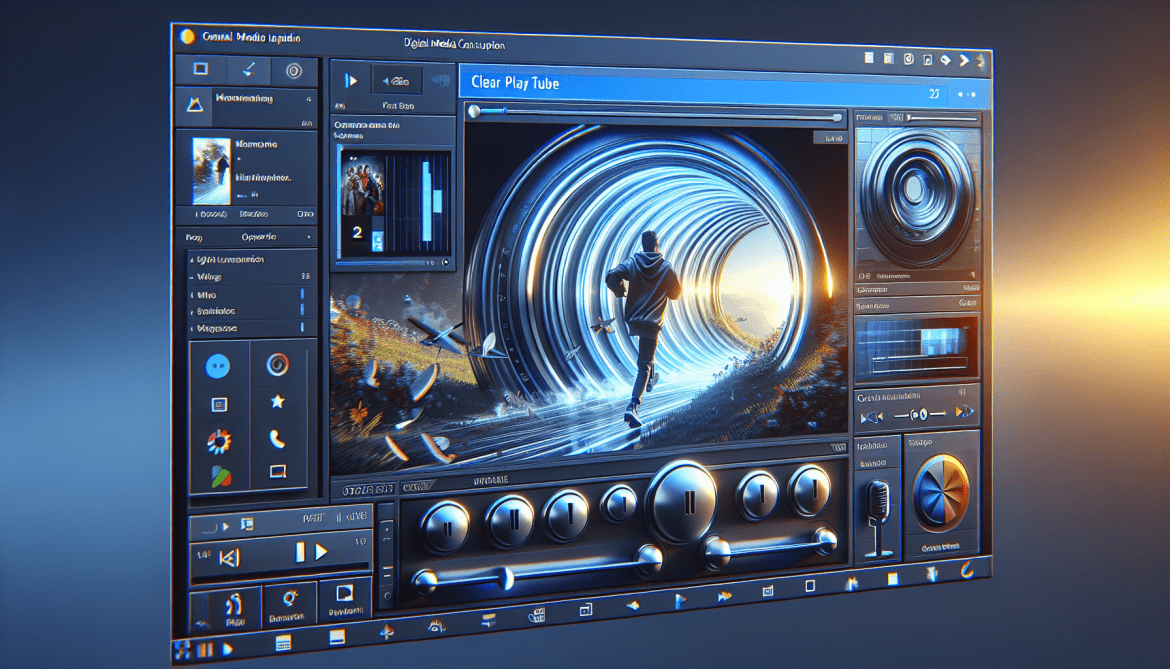Title: Understanding Win32/OfferCore: An Analysis of Its Behavior and Infection Methods
Introduction:
Win32/OfferCore is a type of malicious software, commonly referred to as malware, that poses a significant threat to computer systems worldwide. This expert article aims to shed light on what Win32/OfferCore is, how it infiltrates computers, and the potential risks it poses to users. By understanding its behavior and infection methods, individuals and organizations can take proactive measures to protect their systems against this insidious malware.
Paragraph 1: What is “Win32/OfferCore”?
Win32/OfferCore is a prevalent and persistent malware variant that primarily operates as an adware downloader. It is designed to infect computers and generate revenue for cybercriminals through aggressive and intrusive advertising. Once installed on a system, Win32/OfferCore silently runs in the background, gathering user data, displaying unwanted advertisements, and redirecting web traffic to promote various products and services.
The primary objective of Win32/OfferCore is to generate profit by offering pay-per-install services to other malware distributors. It acts as a gateway for distributing additional malware and potentially unwanted programs (PUPs) onto infected machines. These secondary infections can range from more aggressive adware to ransomware, spyware, or even banking trojans, further compromising the security and privacy of affected systems.
Paragraph 2: How Does Win32/OfferCore Infect Computers?
Win32/OfferCore employs several techniques to infiltrate computers and remain undetected. The most common infection vectors include software bundling, deceptive advertisements, and social engineering tactics. In many cases, users unknowingly install Win32/OfferCore alongside legitimate software downloaded from unreliable sources or third-party websites.
Software bundling is a prevalent method employed by Win32/OfferCore, whereby the malware is packaged with seemingly harmless applications. Unsuspecting users who download and install these bundled software packages inadvertently authorize the installation of Win32/OfferCore along with the desired program.
Deceptive advertisements, commonly known as malvertising, are another means by which Win32/OfferCore infects computers. Cybercriminals exploit legitimate online advertising networks by injecting malicious code into ads displayed on reputable websites. When users click on these infected ads, they are directed to compromised websites that host the malware and initiate the download process.
Moreover, Win32/OfferCore utilizes social engineering tactics, such as fake software updates or misleading notifications, to trick users into installing the malware willingly. These deceptive techniques exploit users’ trust and curiosity, enticing them to click on malicious links or download seemingly important updates, only to end up infecting their systems with Win32/OfferCore.
Conclusion:
Win32/OfferCore represents a significant threat to computer systems, compromising user privacy, and system security. Understanding its behavior and infection methods is crucial to safeguarding against this malware. Users must exercise caution when downloading software from untrusted sources, avoid clicking on suspicious advertisements, and regularly update their security software to mitigate the risk of Win32/OfferCore infections. Additionally, maintaining a robust cybersecurity posture, including regular system scans and backups, is essential in combating this and other evolving malware threats.
Read more










